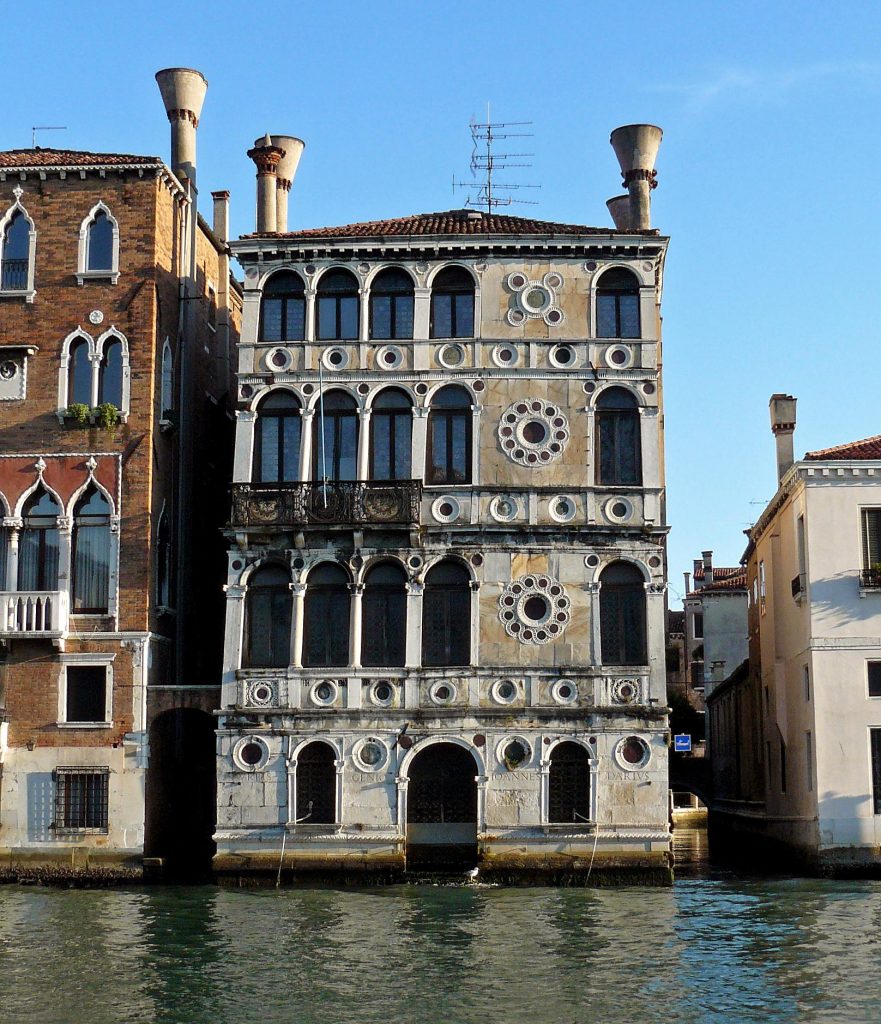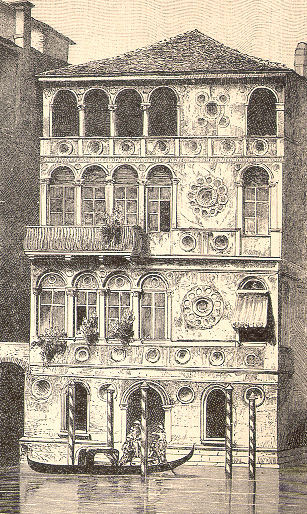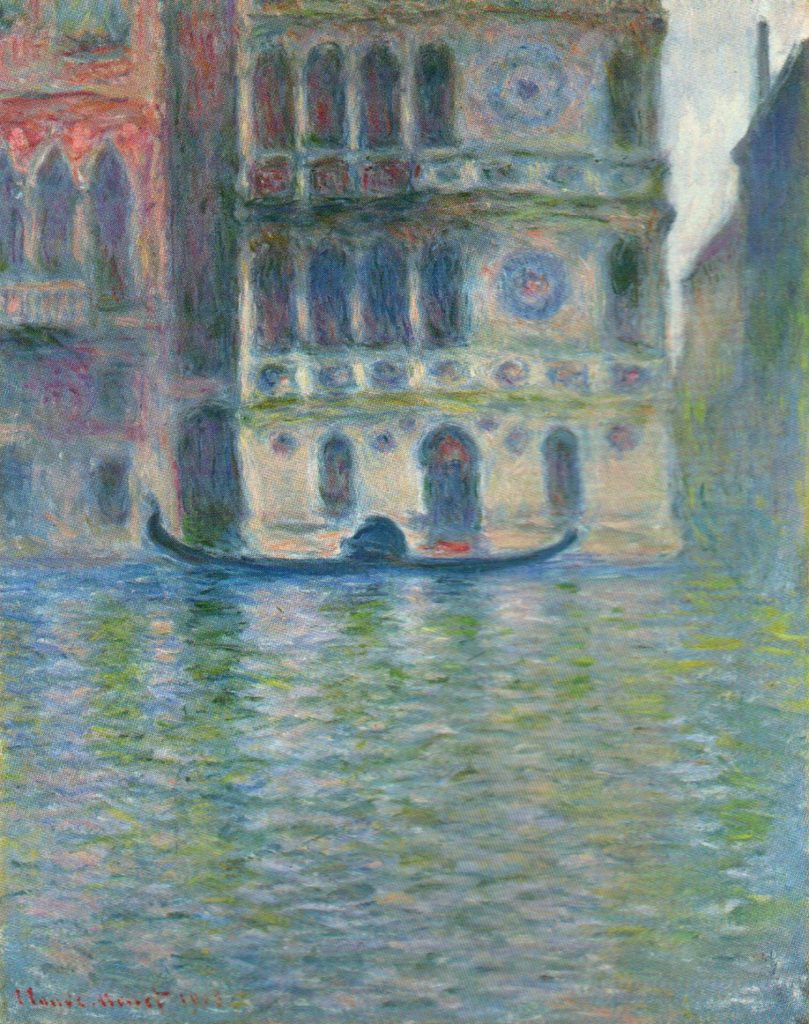Alvise Zorzi, historian of Venetian civilization and a Venetian himself, of "old house" as he used to say in the lagoon, wrote that Ca 'Dario, the "most elegant of the Venetian Renaissance palaces ... which gently slopes towards the Grand Canal the facade adorned with polychrome marble discs ”would have“ a sinister name that does not deserve it at all ”. Yet the splendid Ca 'Dario it is wrapped in a dark and mysterious texture in stark contrast to the beauty and polychromy of its facade. TO Venezia but it is not only known as Cursed Palace for that particular characteristic of having negatively marked the lives of many of its owners.

We are talking about crimes, suicides, strange accidents inside and outside its walls, with a common denominator: that in some way these mournful events had to do with who was the owner, with his family or with his guests. Reality or legend? Hard to say. It is true that violent deaths and mysteries have characterized at least part of the history of this building. Abode sought after by wealthy Italians and foreigners for the charm of its architecture and its position, rejected for the fear that just taking possession of it could become a stamp of tragedy. It seems that one of its most recent owners, for fear of the ghosts of the building, lived in Ca 'Dario but did not sleep in it. This did not prevent the long shadow of tragedy from somehow affecting him as well.
Between reality and legend, a five-century curse
Let's take a step back. And the 1489 when Giovanni Dario commissions the famous architect and sculptor Peter Lombard this palace which is located in the Dorsoduro district, not far from San Marco but on the other side of the Grand Canal, a little beyond the Basilica della Salute. A few years later the palace passes to Giovanni's daughter, Marietta, who is married to a certain Vincenzo Barbaro. The latter, a man of difficult character, is removed from the Maggior Consiglio to which he was a member, suffers a financial meltdown and the still young Marietta dies of pain. It is not enough. Vincenzo also dies and later his son Giacomo falls victim to an ambush on the island of Candia. So far the ancient history.

The shadow of disgrace is getting longer and longer in recent times. In the nineteenth century it was bought by a merchant of precious stones who went bankrupt shortly after taking possession of it. Various owners follow one another in relation to which there is no news of particular tragedies. But it is known that the English scholar Radon Brown mysteriously dies here along with his partner. An air of doom also for the American billionaire Charles Briggs who chooses Ca 'Dario as his Venetian residence. His stay in the lagoon was short and dramatic. It seems he fled from Venice for the many gossip about his homosexuality and subsequently struck by the death of his lover who commits suicide.
The ghosts of Ca 'Dario and its black legend
The black legend thickens over the years. This time the owner is an Italian, the Count of Turin Filippo Giordano delle Lanze, art and antiques collector, who in the XNUMXs was killed in Ca 'Dario by his young lover Raul Blasich. He then escapes to London and dies in turn murdered by a stranger. Christopher Kit Lambert, historic manager of the Who, is the owner who fell in love with the charm of Palazzo Dario but who feared its curse and who did not sleep in it. It seems he had confided to some gondoliers a creepy story, that is, that the ghosts of the palace haunted him. He also dies, falling down the stairs, shortly after having sold it to a Venetian businessman, Fabrizio Ferrari, who moves to Ca 'Dario with his sister. The woman will be the victim of a strange car accident without witnesses. The last known owner was the entrepreneur Raul Gardini. Shortly after his involvement in the Mani Pulite investigation he committed suicide in 1993. At the time of his death he was in his home in Milan, but Ca 'Dario was one of his properties.

A cursed fame that did not stop the French painter Claude Monet, fascinated by the beauty of this building, to choose it in 1908 as the subject for a series of his paintings. All with the same perspective but with different lighting conditions. And the English art historian has not escaped his charm either John Ruskin than in his The stones of Venice describes the decorations and details that adorn its facade. Net of any story, true or presumed, of bad luck, ghosts and curses.





